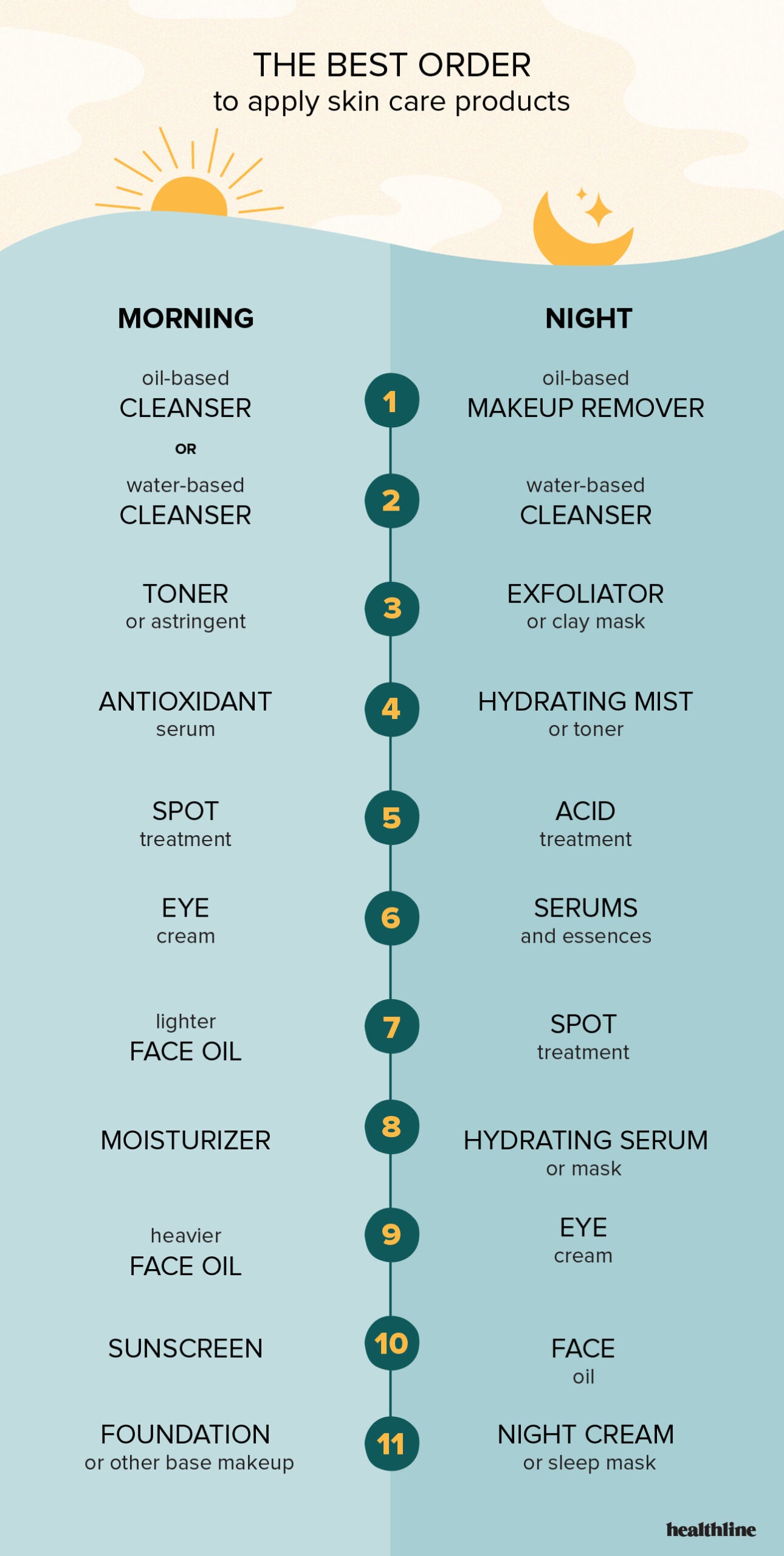Indicators on Real Skin Care You Should Know
Table of ContentsReal Skin Care Can Be Fun For EveryoneThe Real Skin Care PDFsThe Real Skin Care StatementsGetting My Real Skin Care To Work
Oily and acne-prone skin types may want printer toners with astringent properties. Saturate a cotton pad or ball with printer toner. Carefully pat the product onto your face.Using place treatments straight to fresh, prepped skin optimizes the energetic ingredients that penetrate it. These active ingredients help target certain concerns efficiently.

Make use of these products as required, but comply with the instructions for application. Prevent using serums or various other therapies to areas with area therapies. Apply a product directly to your skin's surface area after a cleanser or toner. Lotions are a common term for skincare items with a high focus of active components.
Delicately rub the item in a light tapping movement right into your face and neck. The order of energetic components issues if you use multiple serums or treatments.
Unknown Facts About Real Skin Care
In addition, blending vitamin C with niacinamide might reduce its effectiveness," Mitchel Goldman, MD, a board-certified dermatologist and creator of Aesthetic Laser Dermatology, informed Wellness. Apply retinol and various other retinoids after products. They are commonly thicker and extra occlusive. These vitamin A derivatives have advantages for anti-aging and decreasing acne. They assist speed cell turn over, boost collagen, and enhance skin structure.
, yet it can add even more wetness to the delicate skin of your under eyes. Apply eye lotion after any therapies to help your skin absorb it.
"Evening creams can take advantage of components like retinol, niacinamide, or hyaluronic acid to promote fixing and hydration." Use your ring finger and gently dab eye cream to your under eyes after you use lotion or retinol. Manage this delicate skin with treatment, and do not pull or massage it. Moisturizers typically have a thicker consistency, so utilize them after lightweight lotions or therapies.
Apply it to your under eyes if you did not make use of an eye cream. "This is since face oils are generally thicker and larger than creams and can produce a barrier that stops the cream from completely passing through the skin," said Goldman.
5 Easy Facts About Real Skin Care Shown

When it comes to skin care, there are a whole lot of various items on the market. If you're looking for skin care that obtains outcomes, our Board Licensed Skin specialists suggest medical-grade products that can penetrate the skin's deep layer.

These items can be acquired at most drug and grocery stores and include cleansers, toners, moisturizers, and sunscreens. While these products may not be as potent as prescription medications, they can still be efficient in treating different skin conditions.
Getting The Real Skin Care To Work
This experimentation can be expensive, cause disappointment, and delay treatment of skin conditions. Medical-grade skincare products are made with top notch components. They can aid boost your skin's look by dealing with conditions such as acne, rosacea, and dermatitis. The energetic components in medical-grade products are typically much more powerful and consist of higher degrees of helpful components like peptides, anti-oxidants, and retinol.
Our skin specialists can advise a product specifically for your skin problem, which minimizes your need to explore over the counter items. Medical-grade products supply our clients superb value. They lower the need to attempt several non-prescription products prior to finding the ideal one, which reduces expenses over time and implies you can begin getting the treatment you need quicker.
Due to the fact that medical-grade products are efficient, powerful, and backed by scientific research, they are cost-effective compared to non-prescription choices. If you're unhappy with the results you're getting from over the counter skin care items, take into consideration switching to a medical-grade product. Medical-grade skincare products are available from various sources, including skin specialists, plastic doctors, and various other clinical professionals.